Former CDC official on coronavirus: The government response needs to catch up with the crisis
Financial markets, governments, and hospitals are scrambling to make up for lost time as the coronavirus pandemic worsens in the U.S. and elsewhere.
“What we need to do is figure out why we didn’t respond months ago with the beginning of aggressive testing that we’re starting to get behind now,” Dr. Rishi Desai, former epidemic intelligence officer at the CDC, said on Yahoo Finance’s On the Move. “It should have happened months and months ago.”
The White House has promised that there will be 27 million testing kits available by the end of March. U.S. states are working with the federal government to try to gain access to more tests, especially in coronavirus hot spots like New York and California. Drive-thru testing is also becoming available in several states, which Desai said needs to be upscaled, along with home testing.
“We need to quickly upscale things like home testing, testing through drive-throughs,” Desai said. “These are things that other countries have done. And we can do the same here. And we need to do the same here.”
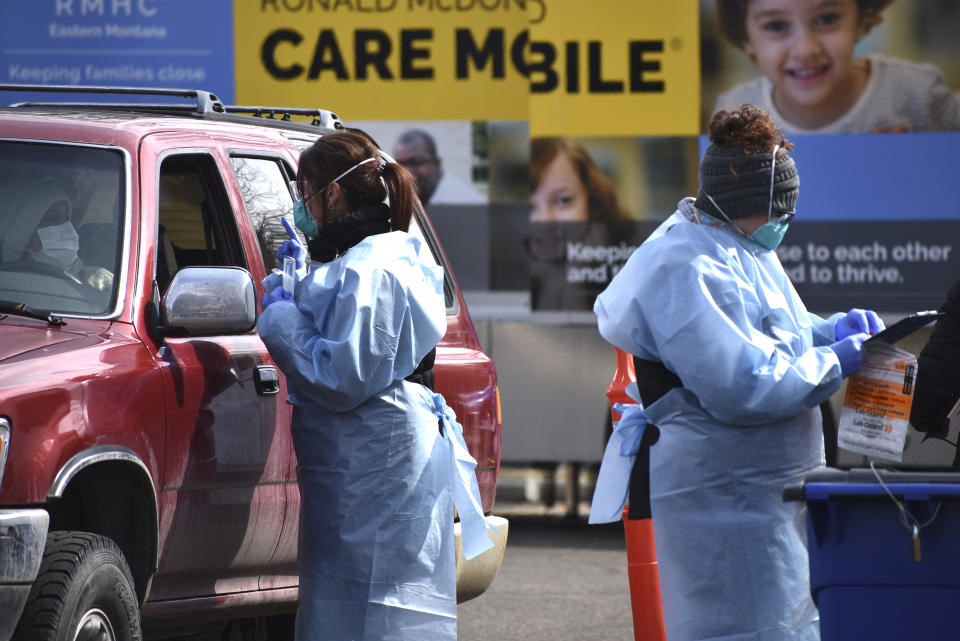
Many people have looked to South Korea as an example of a quick government response helping to contain the spread of the virus. According to BBC, nearly 20,000 people are tested for the virus on a daily basis, with more people per capita than anywhere else in the world.
Desai noted that “South Korea’s population is 1/6th of our population. So we should not match them, but we should be six times more than where they’re at.”
The main reason why is to flatten the curve. This can be done through social distancing and isolation for sick people. The main objective of doing this is to slow the spread of the virus so as to not overwhelm hospitals and the medical staff working there with an influx of patients.
“Really, this whole game is: How do we keep ourselves as safe as possible by raising the line, flattening the curve?” Desai said.
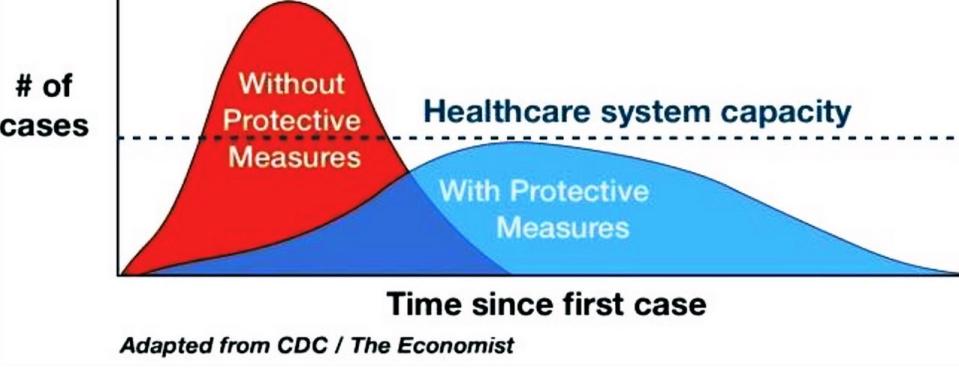
‘We know that this works effectively’
The coronavirus, also known as COVID-19, continues to spread across the world, crossing 350,000 confirmed cases on Monday.
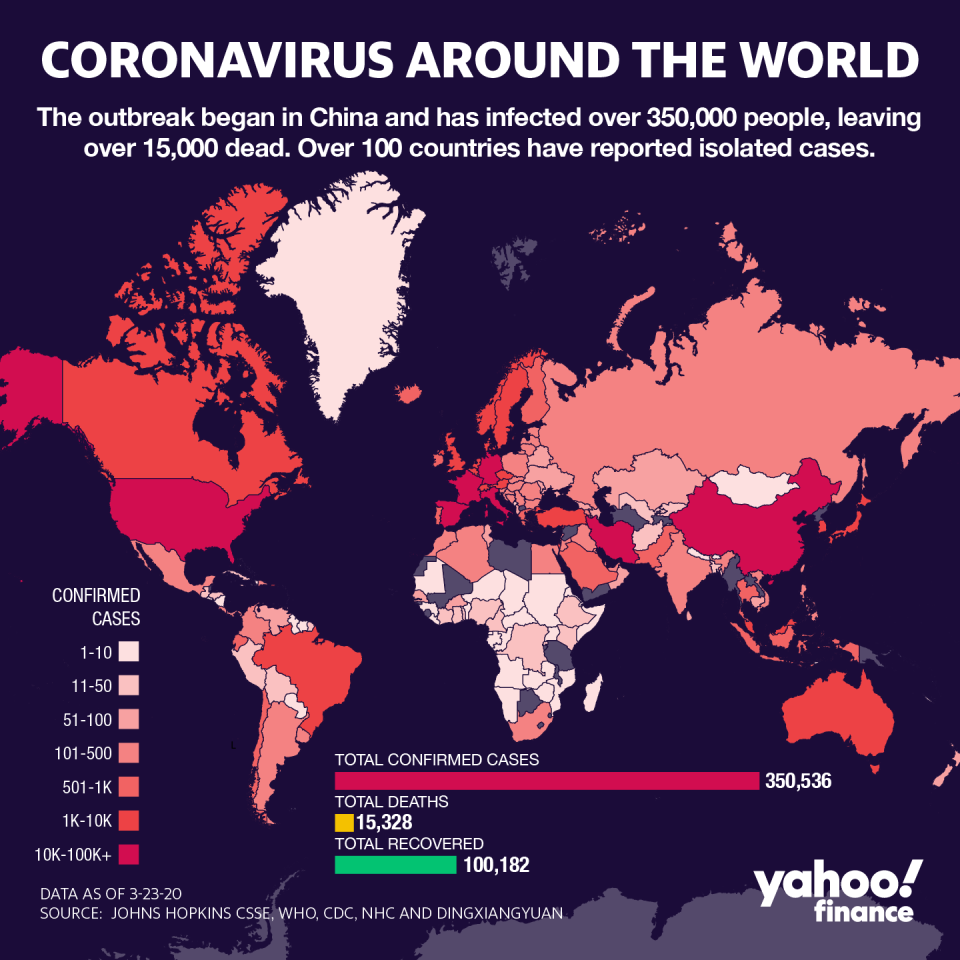
The U.S. has 35,000 confirmed cases of coronavirus, with that number growing rapidly, and the government has received criticism for its slow response to addressing the public health crisis. Markets crashed amid the growing pandemic, and Congress has still not been able to agree on a government stimulus bill to aid the American people.
Some states, along with individual cities, are making their own efforts to flatten the curve by imposing shelter-in-place type orders. This includes Ohio, Louisiana, Delaware, New York, New Jersey, California, Illinois, and Connecticut.
“The quarantines and the shutdowns… in New York and California, that needs to immediately... become federal,” Desai said. “We know that this works effectively. Every single country ends up doing that anyway. The longer you take to do it, the longer you have to do it for.”
‘If we don’t get the equipment, we’re literally going to lose lives’
Health care workers at the front lines of the crisis are facing increasingly difficult situations.
New York City has now become the epicenter of the pandemic, with roughly 5% of the cases worldwide. The chief of surgery at New York-Presbyterian Hospital wrote a letter to staff on Friday, predicting that their hospital could reach capacity for coronavirus patients within 22-32 days. One New York hospital reportedly ran out of hospital gowns and staff had to resort to using trash bags.
“If we don’t get the equipment, we’re literally going to lose lives,” Mayor Bill de Blasio told CNN.
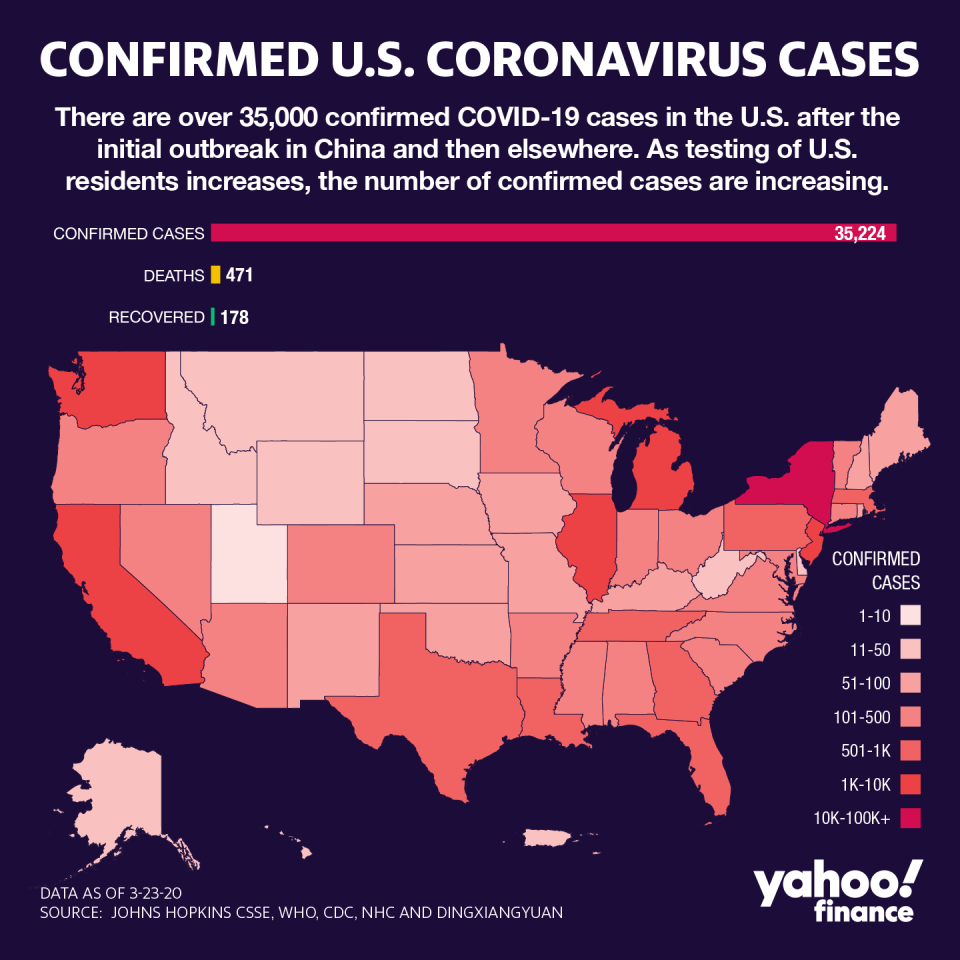
There are also severe shortages of N95 medical masks, which can properly protect them from contracting the coronavirus as they treat patients. Health care workers are also reportedly being asked to reuse disposable masks and gloves. In response, the CDC said that these workers could use homemade masks, like bandannas or scarves, as a “last resort.”
“We really need to make sure our health care capacity is at full capacity,” Desai said. “One health care worker goes down because they’re wearing a bandanna, what does that mean? They’re out for two to four weeks. Maybe they don’t come back because they get sick, really sick. ... All of a sudden, your ER is gutted. All of the people are either quarantined or out sick. So now you’ve got patients going to hospitals that essentially are not staffed.”
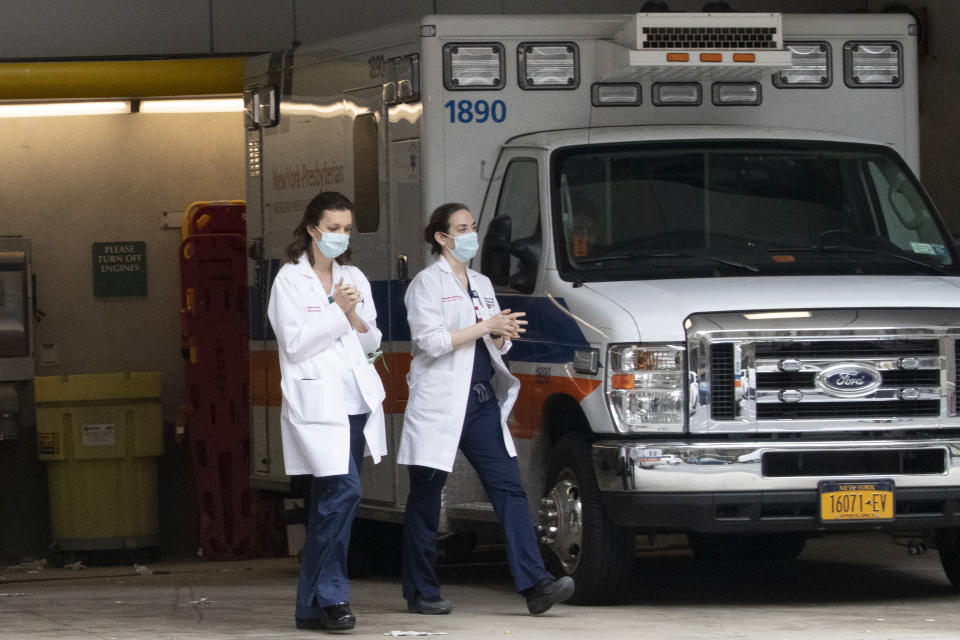
In Italy, a country that many are warning the U.S. could be following the same path of, the health care system has become extremely overwhelmed. And according to data from the country’s Ministry of Health, over 2,600 health care workers (about 8.3% of all Italian cases) have contracted the virus due to “inadequate equipment or being exposed to asymptomatic carriers.”
“At that point, we’re in panic mode because our health care is really not doing the job it needs to do,” Desai said. “So when you’re talking about bandannas and scarves, that’s a really, really abysmal recommendation because we know scientifically those things don’t work against this pathogen. And putting people at risk is very dangerous and a scary message.”
Adriana is a reporter and editor for Yahoo Finance. She can be reached at adriana@yahoofinance.com. Follow her on Twitter @adrianambells.
READ MORE:
Coronavirus pandemic shows 'dysfunctionality' of US health care: Bernie Sanders
Former Obama official on coronavirus: 'Both the president and Congress are utterly failing'
Democrats and Republicans are divided on coronavirus, polls say
Read the latest financial and business news from Yahoo Finance
Follow Yahoo Finance on Twitter, Facebook, Instagram, Flipboard, SmartNews, LinkedIn, YouTube, and reddit.

